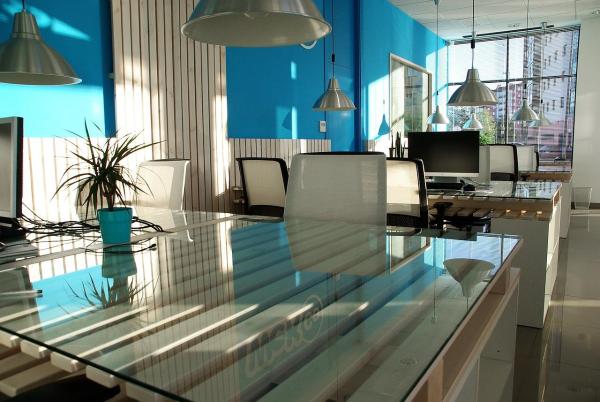6 Tips For Organizing A Hybrid Workspace
Working from home and in the office can be a challenge for anyone. But with some careful planning, it doesn’t have to be! Here are some great ways you can organize your hybrid workspace so that you can get back on track and maximize productivity no matter where you work. These simple strategies will help keep you focused and productive - both at home and in the office.
Assess Needs And Preferences
Making sure you meet everyone's needs and preferences should be the initial step in transitioning. The people working with getjoan.com know how important it is to make sure everyone is comfortable with the arrangements that are made. This means figuring out what kind of work will be done at home and in the office, as well as the type of equipment each person needs to do their job. It also means understanding how people like to work, what kind of environment they prefer, and how much space they need.
All this information helps you create an organized workspace that meets everyone's needs while also making sure everyone is comfortable. Once you have all the data, you can plan where staff should work so that tasks are completed effectively. You can also figure out which technology will help make it easier for people to collaborate or communicate with one another no matter where they are located.
Define The Work Policy
A proper and detailed work policy will let everyone know how often they are supposed to be in the office, what days they can work remotely, and who is responsible for what tasks. This will make sure that everyone is on the same page and that deadlines are met. It also allows people to plan ahead so there is less confusion about when meetings or projects are due.
Having a clear set of rules makes it easier for everyone to stay organized and productive while working from home or in an office setting. For example, if remote employees know that they are expected to be online and available during certain times of the day, they can arrange their schedules around those hours. Similarly, having clear guidelines for in-person meetings helps ensure that everyone is prepared and on task.
Create Dedicated Workspaces
Dedicated workspaces are areas where you do specific tasks like working, studying, or relaxing. This will help keep your place organized because you’ll know how to use each space and what belongs in that area. It will also make it easier to switch between different activities since all the items for each activity are kept in their designated spot. Having these dedicated spaces will also help reduce distractions so you can focus on the task at hand and be more productive.
Invest In Tech And Infrastructure
Proper tech and infrastructure mean having both remote and in-person workplaces. You will need the right technology to help people work together from different places. Additionally, you'll need the right tools for people to access your data from anywhere. These are the following:
- video conferencing tools
- project management software
- cloud storage and file sharing
- VPNs
- collaboration tools
- time tracking and productivity tools
- remote desktop access
- mobile device management
- VoIP
- cybersecurity measures
This helps make work easier and more organized for everyone involved. Do some research on the best solutions that fit your company’s needs and make sure to invest in them. Investing in these will help organize and streamline processes, enable collaboration, increase transparency between teams, and ultimately help you achieve better business results.
Foster Communication And Inclusivity
Having a workspace where everyone feels like a part of the team helps people stay connected, even if they are not all working together from the same place. In these settings, people can share ideas more easily and help each other out. This makes it easier for teams to work together on projects, no matter where everyone is located.
In order to foster communication and inclusivity, team members should be encouraged to talk regularly with each other. This can include virtual meetings or online chats where everyone can feel comfortable expressing their ideas and feelings. There should also be rules about how people communicate with each other so that no one person has too much power or influence over others.
Regularly Review And Adapt
It is important to review your workspace often so that you can make sure it meets your needs. Doing this helps you make sure that everything is in the right place and that all the necessary supplies are available. Adapting your workspace as needed also allows you to adjust it for changing circumstances, such as new technology or changing work schedules. Regularly reviewing and adapting your hybrid workspace will ensure that it remains a productive place to work!
Organizing a hybrid workspace can be tricky, but it doesn't have to be! By assessing needs and preferences, defining the work policy, creating dedicated workspaces, investing in tech and infrastructure, fostering communication and inclusivity, and regularly reviewing and adapting your workspace you'll find yourself more organized than ever before. With these tips, you're sure to maximize productivity no matter where you are working from - home or office.

